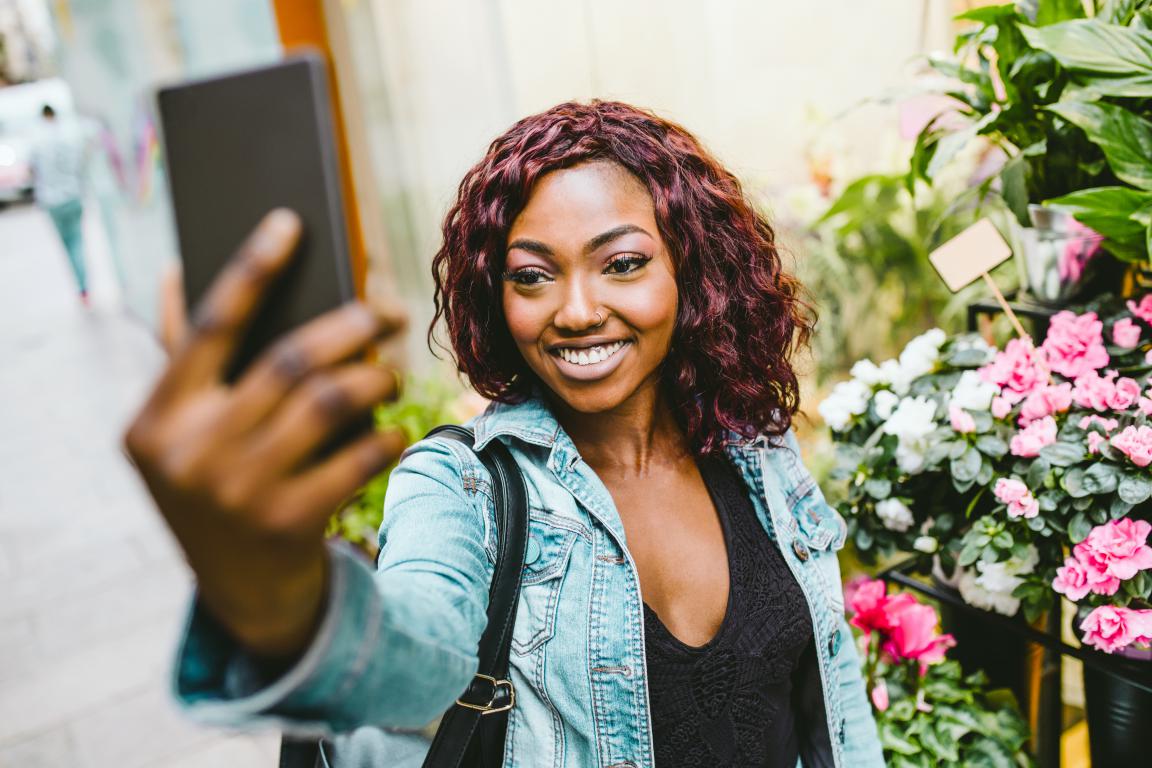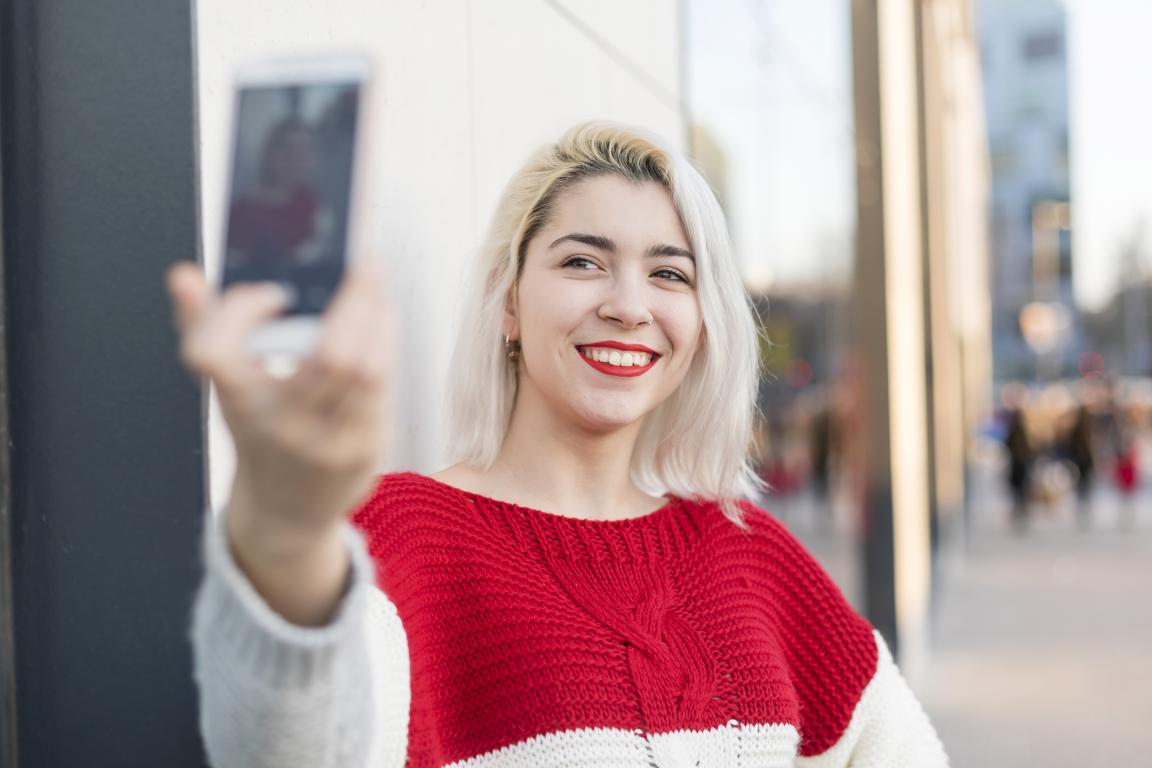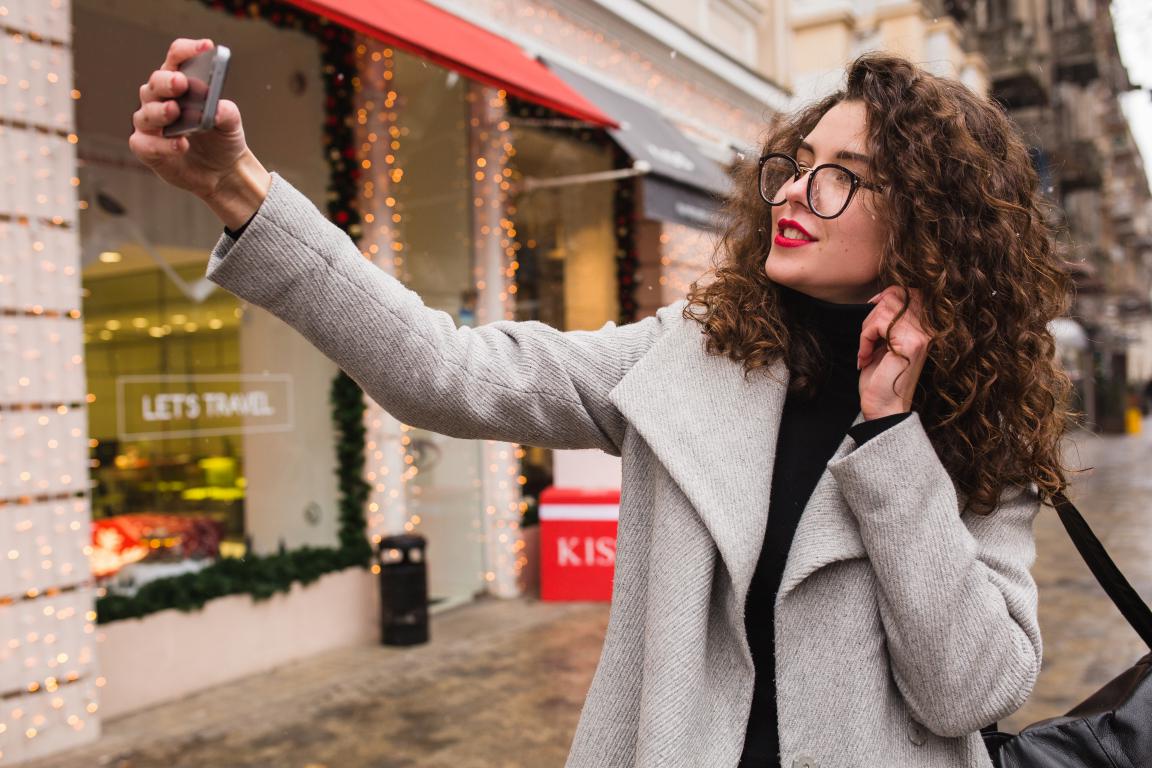Taking the Perfect ID Photo: A Simple Guide for Small Businesses
As a small business owner, your to-do list is endless. Between managing your team, serving your customers, and keeping the lights on, the last thing you need is another complicated, expensive task. So, when it comes to getting professional-looking ID photos for your staff, it can feel like a real headache. Do you need to hire a photographer? What if the lighting in your office is terrible?
We get it. And we’re here to tell you that it’s much, much easier than you think.
You don't need a professional photographer or fancy equipment to create clear, high-quality headshots for your ID cards. All you really need is a smartphone and a few minutes. This guide will walk you through the simple, practical steps to take a perfect ID photo every time, helping your team look professional and feel proud.
Table of Contents
-
Why a Good ID Photo Matters (More Than You Think)
-
Your Smartphone is All the Equipment You Need
-
Step 1: Finding the Perfect Lighting (Even on a Gray Day)
-
Step 2: Choosing the Right Background
-
Step 3: Posing and Expression – Looking Professional, Not Stiff
-
Step 4: Taking the Shot – A Quick Checklist
-
Common Mistakes to Avoid (And How to Fix Them)
-
Further Reading & Helpful Resources
-
How a Simple Business ID Card Can Help
Why a Good ID Photo Matters (More Than You Think)
Before we dive into the 'how', let's quickly touch on the 'why'. It’s easy to dismiss an ID photo as just a small detail, but a good one can make a surprising difference.
-
First Impressions: For visitors, clients, or new hires, a staff ID card is often one of the first visual cues they have of your company. A clear, professional photo sets a positive, organized, and trustworthy tone from the get-go.
-
Team Morale and Pride: Nobody likes a bad photo of themselves. Giving your staff a headshot they feel good about shows you care about them as individuals. It helps them feel like a valued, professional part of the team, and they'll be happier to wear their ID.
-
Security and Recognition: The primary function of an ID card is identification. A clear, well-lit photo where the person is easily recognizable is crucial for security. It ensures that the person wearing the card is who they say they are, which is vital for site access and safety.
-
Brand Consistency: A uniform set of professional-looking photos across all your staff cards strengthens your brand identity. It says "we're a cohesive team that pays attention to detail."
Taking a few extra minutes to get the photo right is a small investment that pays off in professionalism, security, and team spirit.
Your Smartphone is All the Equipment You Need
Let’s bust a myth right away: you do not need to spend hundreds of dollars on a professional photographer or a high-end DSLR camera for your staff ID cards.
The camera sitting in your pocket is more than powerful enough for the job. Modern smartphone cameras, even those from a few years ago, have incredible sensors and software that can produce sharp, clear, and high-resolution images. In many cases, the automated settings are perfectly optimized for taking a great portrait.
The key isn't the price tag of the camera, but how you use it. By controlling the three main elements – lighting, background, and positioning – you can achieve a result that looks every bit as professional as a studio shot. So, grab your phone, and let’s get started.
Step 1: Finding the Perfect Lighting (Even on a Gray Day)
Lighting is the single most important factor in a good headshot. It’s the difference between a clear, friendly photo and a grainy, shadowy one. The good news is, great lighting is free and readily available.
The Golden Rule: Use Natural, Indirect Light
The best light source you have is a window. Natural daylight is soft and flattering, and it brings out natural skin tones without creating harsh shadows.
-
How to Use It: Have the person stand facing a window, about 3-4 feet away. You, the photographer, should stand with your back to the window. This ensures their face is evenly lit.
-
What to Avoid: Don't have the person stand with the window behind them. This will turn them into a silhouette. Also, avoid direct, harsh sunlight, as this will make them squint and create unflattering, hard shadows.
-
Overcast is Perfect: A classic overcast day provides the ideal natural light source. The clouds act like a giant softbox, diffusing the sunlight and wrapping it evenly around the face. This is the ideal condition for a headshot.
What If Natural Light Isn't an Option?
If you're taking photos in the evening or in a windowless room, you can still get great results with a bit of creativity.
-
Avoid Overhead Lights: The single overhead fluorescent light in the middle of the office is your enemy. It casts deep, unflattering shadows under the eyes and nose. Turn it off if you can.
-
The Two-Lamp Trick: Find two lamps (desk lamps work well). Place one on each side of the person, positioned slightly in front of them and at roughly a 45-degree angle. This mimics the evenness of window light and cancels out shadows. Make sure the bulbs are the same color temperature (e.g., both "cool white" or both "warm white") to avoid strange color casts.
Step 2: Choosing the Right Background
Once your lighting is sorted, the next step is finding a clean, simple background. The focus of an ID photo should be the person, not what’s behind them.
Keep it Plain and Simple
The best background is a plain, neutral-colored wall.
-
Ideal Colors: A light gray, off-white, or pale blue wall works perfectly. It provides a nice contrast without being distracting. A plain white wall is also fine, but make sure the lighting is good to avoid it looking too stark or clinical.
-
What to Look For: Find a clear patch of wall without any clutter. Check for things like:
-
Fire extinguishers or alarm panels
-
Light switches or power outlets
-
Posters, calendars, or bulletin boards
-
The edges of doors or windows
-
Positioning: Have the person stand about 1-2 feet in front of the wall. This small gap helps to prevent any shadows from their body being cast directly onto the background, creating a more professional look.
Backgrounds to Absolutely Avoid:
-
Busy Offices: A photo with desks, computers, and other people in the background looks messy and unprofessional.
-
Brickwork or Wood Paneling: Strong patterns are very distracting and can make the photo look dated.
-
Windows or Glass Doors: As mentioned in the lighting section, this will likely cause silhouette issues and reflections.
Step 3: Posing and Expression – Looking Professional, Not Stiff
"Alright, now look natural!" – it's easier said than done. The key to a good ID photo pose is to keep it simple and aim for an expression that is both professional and approachable.
-
Framing the Shot: The standard for an ID photo is a "head and shoulders" shot. You should be able to see the person's full face, their neck, and the top of their shoulders.
-
Body Position: Ask the person to stand or sit up straight – good posture translates to confidence on camera. They should face the camera directly. A slight angle of the shoulders can feel a little more relaxed, but their head should be turned to look straight into the lens.
-
Head Position: The head should be level. Avoid tilting the head up (which can look arrogant) or down (which can create a double chin).
-
Expression: This is a big one. You’re not taking a passport photo, so a stern, neutral expression isn’t required. A small, gentle smile or a pleasant, neutral expression is perfect. Think "friendly and helpful coworker". The best way to get this is to have a quick, light-hearted chat just before you take the photo to help them relax.
Step 4: Taking the Shot – A Quick Checklist
You’ve got your lighting, your background, and your pose. Now for the final part. Run through this quick checklist to ensure a perfect shot every time.
-
Clean the Lens: It’s so simple, but so often forgotten. Give your smartphone camera lens a quick wipe with a soft cloth to remove any fingerprints or dust.
-
Set the Camera to Eye Level: Don't take the photo from below (unflattering angle) or from too high up. Hold the phone so the camera is directly level with the person's eyes.
-
Leave Some Space: Don't zoom in too tightly. Frame the shot so there is a bit of space above their head and around their shoulders. We can crop the photo to the perfect size later, but we can't add space that wasn't there to begin with.
-
Tap to Focus: Tap on the person's face on your phone screen. A little box or circle will appear, confirming that the camera is focused on them and not the wall behind them. This also helps the phone correctly set the exposure.
-
Take a Deep Breath: Ask the person to take a relaxed breath in and out. This helps to relax their facial muscles and prevent a "frozen" look.
-
Take More Than One: Digital photos are free! Take 3 or 4 shots in quick succession. One of them is bound to be the winner where they aren't blinking and have the most natural expression.
Common Mistakes to Avoid (And How to Fix Them)
Even with the best intentions, things can sometimes go wrong. Here are some of the most common mistakes we see and how to quickly fix them.
-
Problem: Harsh shadows on one side of the face.
-
Cause: The light source is too direct or only coming from one side.
-
Solution: Move the person so they are facing the light source (like a window) directly. If using lamps, ensure you have one on each side to fill in the shadows.
-
Problem: Glare or reflections on glasses.
-
Cause: Light is bouncing directly off the lenses into the camera.
-
Solution: Slightly adjust the angle of the person's head, tilting it down just a tiny bit. Or, adjust the position of your light sources. Sometimes simply moving the lamp a foot to the left or right is all it takes.
-
Problem: The photo looks grainy or blurry.
-
Cause: Not enough light, or the camera wasn't held steady.
-
Solution: Move to a brighter area. The less light your phone has to work with, the grainier the image will be. Brace your elbows against your body to keep the phone as still as possible when you take the shot. And remember to tap to focus!
-
Problem: The background is distracting.
-
Cause: Not taking a moment to check what's behind the person.
-
Solution: Before you take the photo, scan the entire background in your phone's viewfinder. If you see a stray coat, a distracting poster, or the edge of a desk, take ten seconds to move the person or remove the object.
Further Reading & Helpful Resources
Building a confident and professional team goes beyond just a photo. Here are a few excellent, non-commercial US resources that you might find useful.
How a Simple Business ID Card Can Help
Now that you've mastered the art of the perfect ID photo, you have a set of images that truly represents the professional, approachable team you’ve built. The next step is putting them to work. A professional business ID card is what turns that great photo into a practical tool for your daily operations. It’s about more than just a name and a picture; it’s a key part of your security, a symbol of your brand, and a way to make your team feel unified and valued. A high-quality, durable card with a clear, friendly photo makes your staff look the part, helps secure your premises, and presents a polished image of your business to every client and visitor.
Ready to put those perfect photos onto a professional, durable card? Explore our range of Double Sided Staff ID Cards to bring your team's new look to life.
© 2024 The Card Project US LLC
reg: 99-3537629
|





